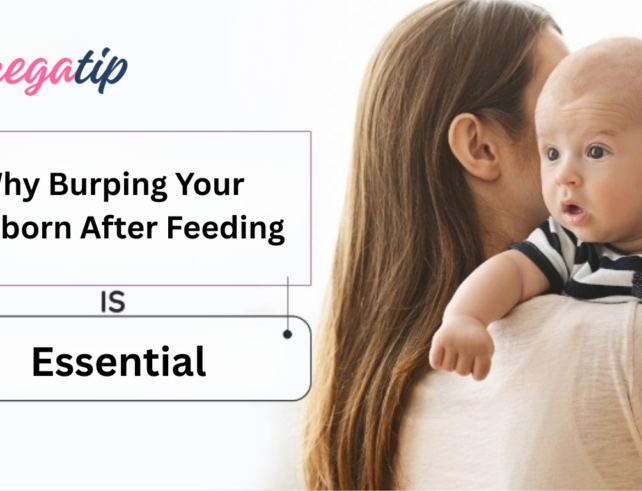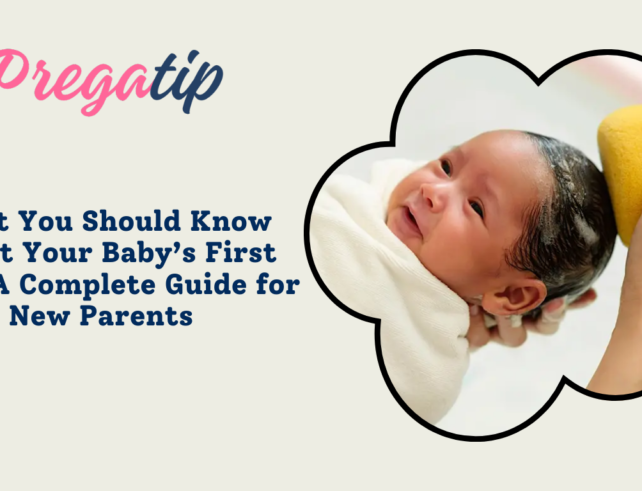Exploring Baby Yoga And Its Benefits For Infants


Baby yoga, also referred to as infant yoga, has emerged as a gentle yet powerful practice tailored to the unique needs of babies. This holistic approach to wellness integrates yoga poses, movements, and techniques into a baby’s routine, offering numerous benefits for both infants and their caregivers. In this comprehensive exploration, we delve deeper into the multifaceted world of baby yoga, uncovering its physical, emotional, and cognitive advantages for infants while strengthening the bond between caregivers and babies.
Understanding Baby Yoga
Introduction to Baby Yoga
At its core, baby yoga involves a series of gentle stretching, massage, and interactive movements designed to cater to the developmental milestones of infants. Typically led by trained instructors, baby yoga sessions provide caregivers with the guidance to engage their babies in yoga-inspired activities. These sessions prioritize nurturing the bond between caregiver and baby while fostering relaxation and sensory stimulation in a supportive environment.
Key Principles of Baby Yoga
Central to the practice of baby yoga are principles rooted in mindfulness, gentle touch, and responsive interaction. Caregivers are encouraged to approach baby yoga with a sense of presence, attuning themselves to their baby’s cues and needs. This mindful approach creates a nurturing environment where babies can safely explore movement and sensations, fostering a deeper connection between caregiver and child.
Physical Benefits of Baby Yoga
Enhanced Motor Development
One of the primary benefits of baby yoga lies in its ability to enhance motor development in infants. Through gentle movements and stretches tailored to their needs, babies develop strength, coordination, and body awareness. Activities such as tummy time, leg lifts, and reaching exercises promote muscle tone and control, laying a solid foundation for the development of gross motor skills crucial for crawling and walking.
Improved Digestion and Circulation
Certain yoga poses and movements incorporated into baby yoga routines can have a positive impact on digestion and circulation in infants. Gentle twists and abdominal massages help alleviate common discomforts such as gas and constipation, promoting digestive health and overall comfort. Furthermore, improved circulation supports immune function, contributing to the overall well-being of the baby.
Emotional and Cognitive Benefits of Baby Yoga
Bonding and Attachment
Beyond the physical benefits, baby yoga provides invaluable opportunities for bonding and attachment between caregivers and infants. Through physical touch, eye contact, and shared experiences, the nurturing environment of baby yoga classes fosters a sense of security and trust, strengthening the caregiver-infant bond. Regular practice deepens the emotional connection between caregivers and babies, enhancing overall attachment.
Sensory Stimulation and Awareness
The sensory-rich environment of baby yoga classes engages infants’ senses, promoting sensory awareness and integration. Activities such as gentle massage, music, and movement stimulate various sensory pathways, supporting cognitive development and learning. By encouraging sensory exploration, baby yoga cultivates curiosity and mental growth in infants.
Practical Tips for Incorporating Baby Yoga
Creating a Safe Space
When practicing baby yoga at home, it’s essential to designate a quiet, clutter-free area where both caregiver and baby can move freely and comfortably. Using a soft blanket or yoga mat for added cushioning and support ensures a safe environment for practice. Additionally, maintaining a comfortable room temperature and eliminating hazards or distractions is crucial for a successful baby yoga session.
Following Your Baby’s Lead
Central to the practice of baby yoga is the concept of following your baby’s lead. Caregivers should pay close attention to their baby’s cues and preferences during sessions, adapting the practice to suit their needs and comfort level. By allowing the baby to dictate the pace and intensity of the session, caregivers can ensure a positive and enjoyable experience for both themselves and their baby.
Deepening the Bond Through Baby Yoga
As we delve into the multifaceted benefits of baby yoga, it becomes evident that this practice offers far more than just physical exercise for infants. By nurturing the bond between caregiver and baby through gentle movements, sensory stimulation, and nurturing touch, baby yoga provides a holistic approach to promoting the overall well-being of both infants and caregivers alike.
Conclusion
In conclusion, baby yoga emerges as a gentle yet potent practice that holds numerous benefits for infants and their caregivers. From enhancing motor development to fostering emotional attachment and cognitive growth, the holistic nature of baby yoga transcends mere physical exercise, offering a nurturing environment for early development and growth. Whether attending classes led by trained instructors or practicing at home, caregivers can embark on this journey of exploration, connection, and relaxation with their infants, reaping the rewards of a deeper bond and enhanced well-being.



